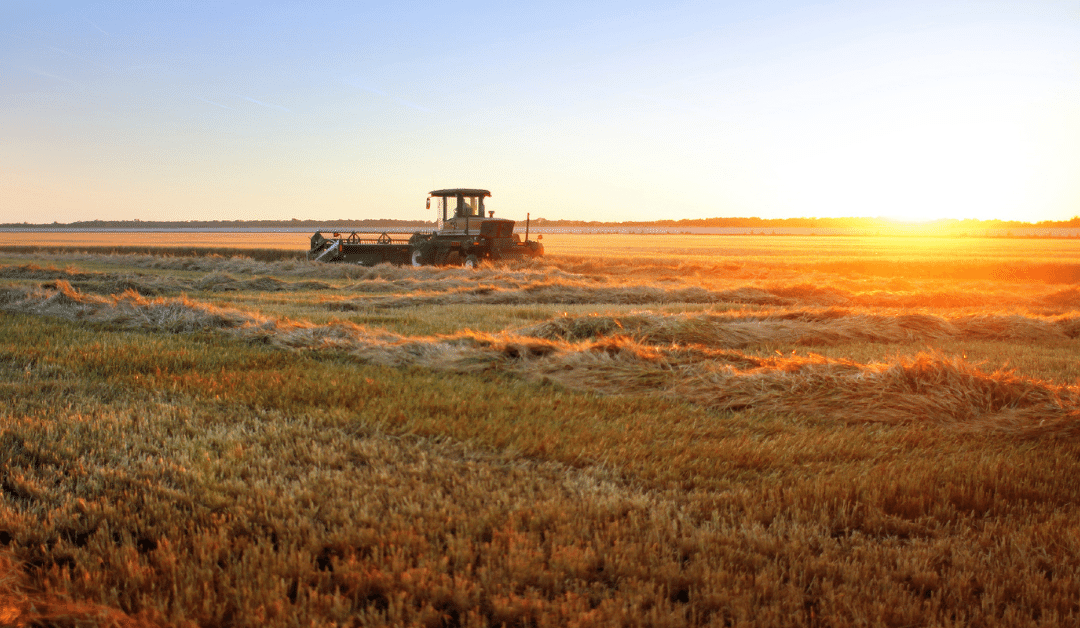Single use plastics are items that are used only once before they are thrown away or recycled. Whether we are talking packaging, straws, cutlery or take- out containers each year the number of single use items seems to grow. Each day Canadians are using 15 billion plastic bags and close to 57 million straws. About one third of the plastic used in Canada is single use and only about 10 % is currently being recycled.
Along with the significant environmental impacts of single use plastics (from the energy used to produce them to the impact they hare having on our land and water), the three million tonnes of plastic waste discarded by Canadians each year is costing tax payers a bundle. Taxpayers are footing the bill to manage landfills, recycling programs and human resources picking up plastics that end up on roadways, in parks, ditches and in our waterways. The plastics and the resources used to clean them up ultimately impacts our communities, ecosystems, wildlife and our wallets.
Single use plastics are costly to say the least and will take an effort by everyone to tackle this problem. As individuals we can ensure we are limiting our use of plastic grocery bags and ensuing we take our reusable to the supermarket. We can write letters and talk to store managers about the packaging and waste. Governments also have a role to play from regulation and legislation and education to ensuring bylaws at the local community level are in place and enforced.
Tackling the single use plastic problem is going to take leadership and the support and buy-in of the whole community form business owners to residents.
Single use plastics:
What are they?
Single use plastics have significant environmental implications, from energy used upon their production to the years that it takes for them to decompose in our landfills and waste sites. They become litter on roadways, in parks and ditches and find their way into our waterways, ultimately impacting our communities, ecosystems, wildlife and wallets.
Why do they pose a problem?
$$$
Single use plastics are costly to say the least and Municipalities are responsible for taking on most of these costs through managing landfills, Municipal land care (picking up litter) and ditch maintenance, the maintenance of water treatment facilities as well as septic system maintenance.
Municipalities are also responsible for the production of some of the use of single use plastics:
Examples: toner and ink cartridges,
How can we reduce the use of single use plastics?
We can reduce single use plastics throughout our communities and businesses by allowing our Municipalities to take action. Working closely with their communities, Municipalities can:
- Educate
- About the environmental and financial impact of single use plastics
- Eco-friendly alternatives for single use plastics
- Employ a Recycling ambassador to help educate
- Encourage
- The purchase of re-usable or natural products
- Local clean-up committees
- Develop
- By-laws, policies and programs to discourage single use plastics
- Invest
- In re-usable, recyclable or eco-friendly products from office supplies to lawn treatment fertilizers
What are the benefits of reducing single use plastics?
All of these will help reduce single use plastics, the financial burden on our Municipalities, and will in turn will help minimize the amount of carbon and greenhouse gas emissions.
Organic Waste:
What is organic waste?
It is estimated that 34% of what goes into Manitoba landfills is organic waste. This is household food, leaves from yard work, dust from house cleaning and wood waste. Organic waste is produced in residential homes but can equally be found in industrial, commercial and social industries such as schools, restaurants and food manufacturing and processing.
Why is it a problem?
$$$
Organic waste doesn’t belong in landfills. When added to landfills, organic waste breaks down creating an odor that can be quite bothersome to neighboring residents. This waste also needs to be covered with dirt which is costly to the Municipality in regard to equipment, time and staff required for this to be done daily. Organic waste diminishes the lifetime of a landfill and considering 34% of waste is organic, there is much room for improvement.
How can we reduce organic waste?
Compost!
The solution for reducing organic waste from going into our landfills is easy, compost. Composting these materials will take them out of landfills and allow them to decompose and restore nutrients to the earth. This will create a rich soil perfect for gardening and farming.
Municipalities can:
- Begin a compost program and educate residents and businesses about the impact they can have on the sustainability of their community’s landfill.
- Employ a compost ambassador
- Encourage residents to have a compost in their back yards or gardens
- Create programs to raise awareness of the importance of composting
What are the benefits of reducing organic waste?
Longer lasting landfills and cost saving for municipalities. This saving is ultimately passed onto the taxpayer. There is also a huge potential for job creation in compost. The less organic waste is being put into the landfill, the less methane being released into the atmosphere.
There is also a reduced odor for surrounding communities and residents, and compost can then be used for farming or community gardening.
Thoughts? Share them with me in the comments below or on twitter at @Colleen_Sklar!






0 Comments